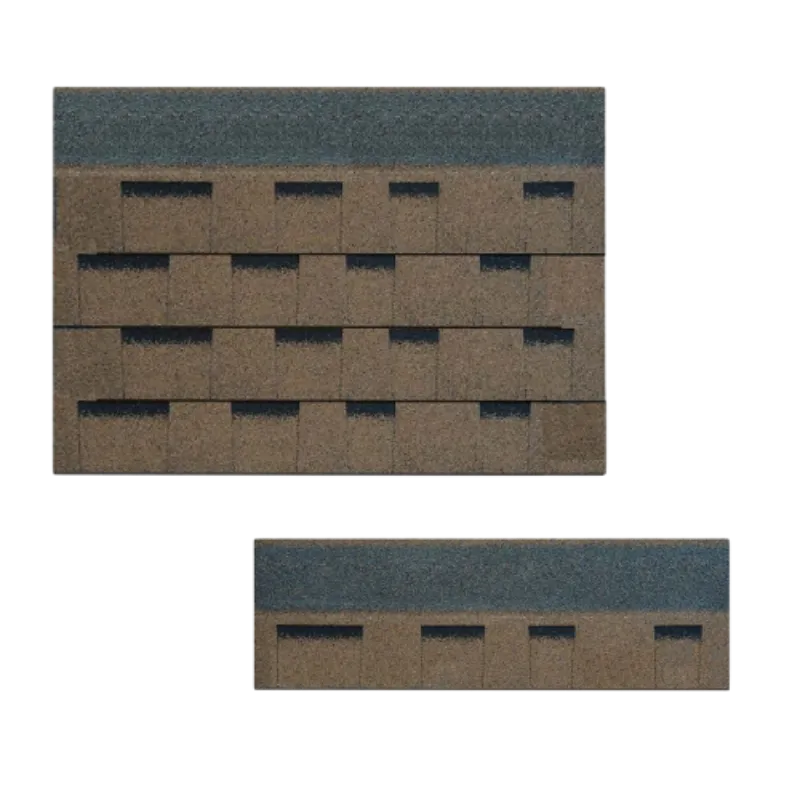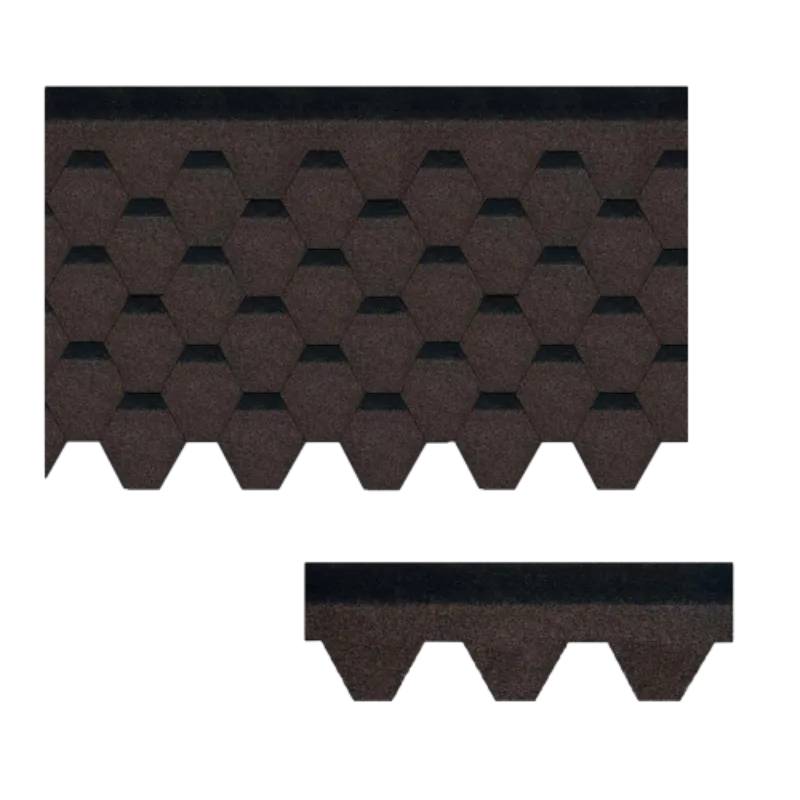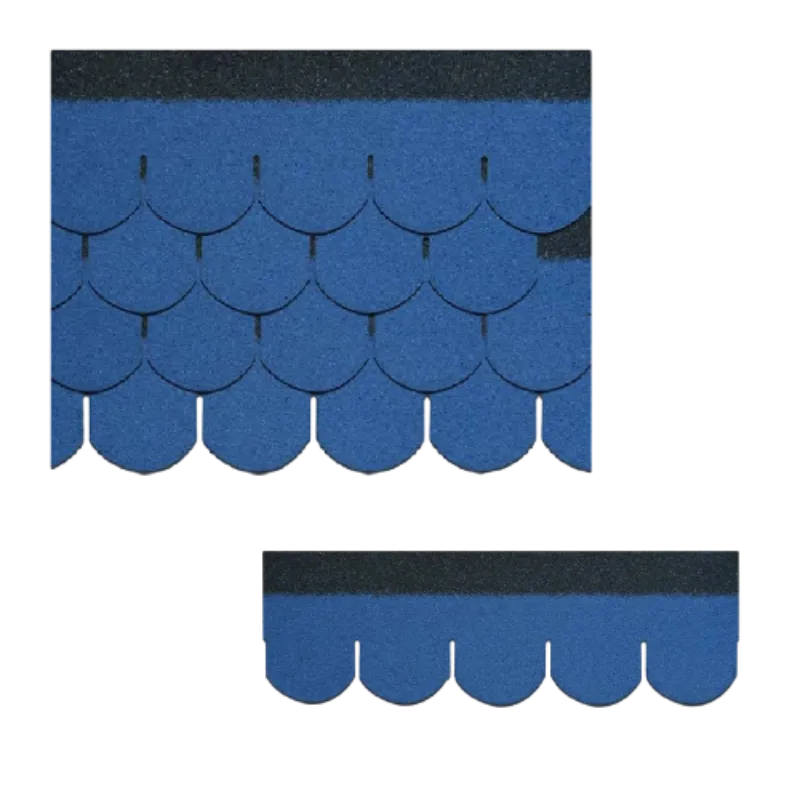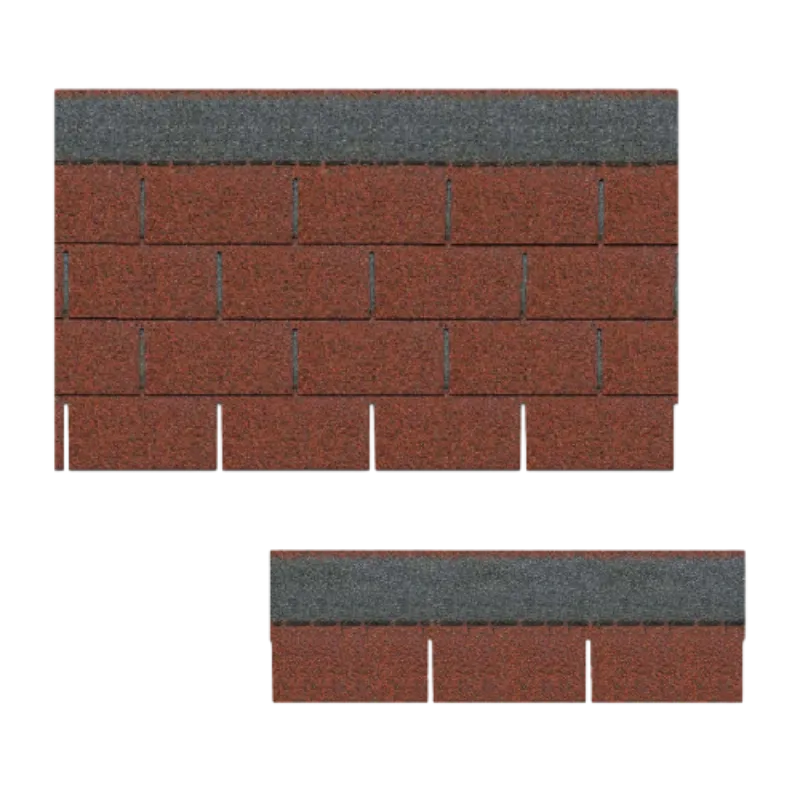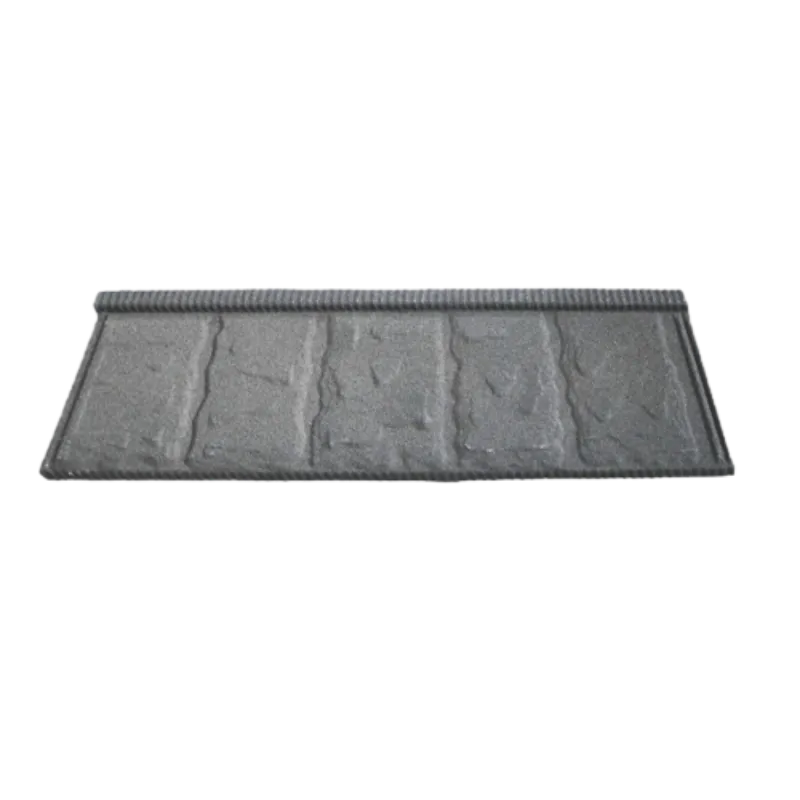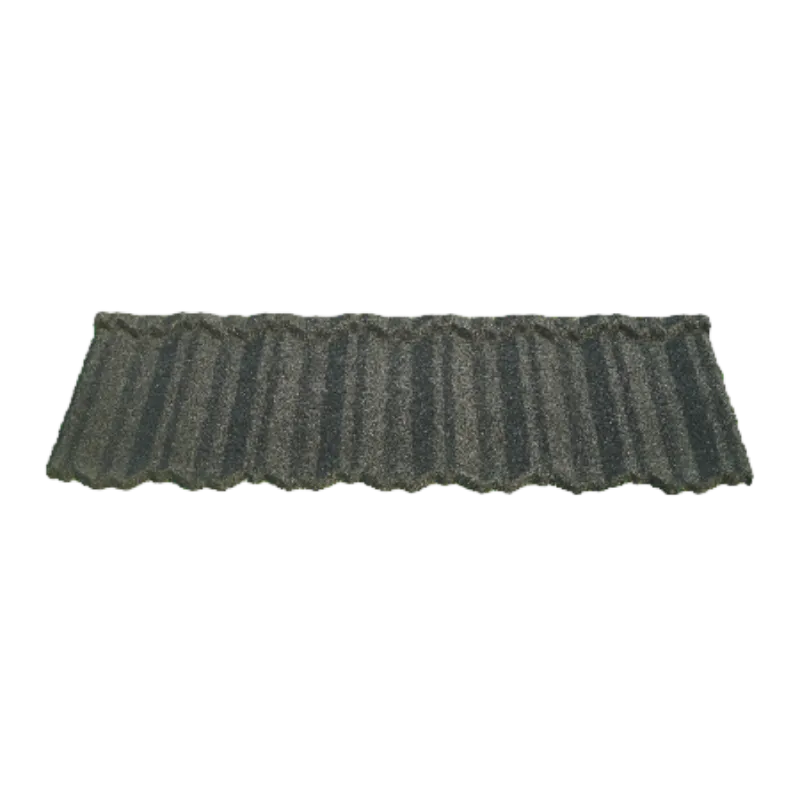
Јул . 08, 2025 04:50 Back to list
T Lock Asphalt Shingles Durable Roofing Solution for Long-lasting Protection
- Introduction to t lock asphalt shingles
and their evolving role in roofing solutions - Technical advantages and material properties of t lock shingles
- Comparison of t lock asphalt shingles to other asphalt-based products
- Industry manufacturer comparison and performance data
- Customized installation solutions and best practices
- Case studies showcasing real-world applications and results
- Evaluating long-term value and concluding remarks on t lock asphalt shingles
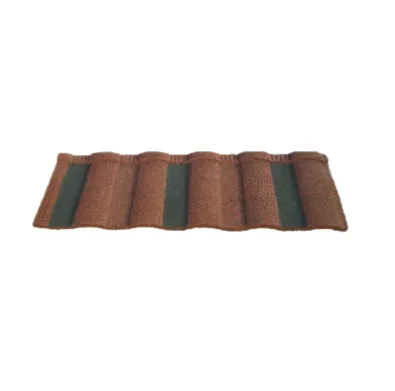
(t lock asphalt shingles)
The Distinctive Role of T Lock Asphalt Shingles in Modern Roofing
T lock asphalt shingles, known for their innovative interlocking design, have played a pivotal role in roofing solutions throughout North America since their introduction in the 1930s. Despite becoming less common in recent years, they remain significant in the context of legacy homes and specialized projects. Typically measuring up to 17 inches in width, t lock asphalt shingles uniquely feature a T-shaped tab that permits interlocking, creating a more cohesive and wind-resistant shingle layer. Their invention represented a leap forward for homeowners seeking durability in climates prone to high winds or severe weather events.
The usage of t lock asphalt shingles has slowly declined due to advancements in shingle technology, particularly with the rise of architectural and laminated shingles. However, they still persist on rooftops in certain regions and are valued by restoration professionals. Understanding how they compare to both traditional and modern alternatives requires an exploration of their technical composition, performance characteristics, and adaptation within the broader context of asphalt shingles over wood shingles.
Technical Advantages and Unique Material Properties
One defining characteristic of t lock asphalt shingles lies in their interlocking mechanism, which provides exceptional wind resistance—often rated for winds exceeding 70 mph. The shingles generally consist of an asphalt-saturated fiberglass mat, a layer of heavyweight mineral granules, and specialized adhesives. The interlocking tabs, shaped like a "T," seamlessly link together during installation, forming a roofing system that minimizes uplift and lateral shingle displacement. This sets t lock asphalt shingles apart from the more traditional three-tab or strip shingles that solely rely on nails and adhesive bonds.
Data from industry sources indicate that roofs featuring t lock asphalt shingles can outperform standard asphalt configurations in high-wind regions by up to 35%. These advantages make them particularly well suited for homes or outbuildings exposed to severe weather patterns, helping to reduce maintenance and potential insurance claims. However, their rigid installation requirements mean that underlying roof structure—such as decks and, historically, wood shingles—must be properly aligned and stable.
The consideration of installing asphalt shingles over wood shingles often arises during re-roofing situations. While both materials originate from differing eras, modern building codes frequently require a full tear-off of wood shingles before asphalt installation to ensure compliance, proper shingle seal-down, and ventilation.
Comparative Performance: T Lock vs. Architectural Asphalt Shingles
The question, "What is the difference between architectural shingles and asphalt shingles?" is prevalent in roofing consultations. The term "asphalt shingles" encompasses several varieties, including three-tab, t lock, and architectural (also known as dimensional or laminated) shingles. T lock and architectural shingles differ markedly in both form and function.
While t lock shingles are defined by their single-layer construction and mechanical interlocking, architectural shingles are multilayered and bonded, providing a textured, three-dimensional appearance. Architectural shingles offer superior longevity, frequently rated at 30 to 50 years versus the 20 to 25 years typical for t lock products. Their design allows for improved aesthetic flexibility and better granule retention, resulting in enhanced UV resistance. However, because t lock shingles physically lock together, they continue to offer an advantage in wind resistance and may be preferred where codes require it.
Homeowners must also consider weight, material cost, installation labor, and local supply challenges when opting for replacement or repair. As t lock shingles are now largely discontinued, procuring matching materials for repairs can be challenging, steering many property owners toward full system upgrades when necessary.
Manufacturer Comparison and Performance Data
When reviewing leading manufacturers, it becomes apparent that t lock asphalt shingles have largely exited mainstream production. However, several companies previously known for high-quality t lock shingles—such as CertainTeed, GAF, and Owens Corning—now concentrate on architectural and laminate shingles. Assessing product performance, warranty options, and availability remains crucial, especially for insurance adjusters evaluating roof damage and replacement claims. The following table provides a comparative overview of key performance characteristics among legacy and current shingle offerings:
| Brand | Shingle Type | Wind Resistance (mph) | Average Lifespan (years) | Granule Loss (%) After 10 Years | Warranty | Availability (2024) |
|---|---|---|---|---|---|---|
| CertainTeed | T Lock Asphalt | 80 | 20-25 | 14% | Limited Lifetime | Discontinued |
| GAF | Architectural | 120 | 30-50 | 7% | Lifetime | Readily Available |
| Owens Corning | Architectural | 130 | 35-50 | 8% | 50-Year Limited | Readily Available |
| HomeGuard | Traditional Asphalt 3-Tab | 60 | 18-22 | 16% | 20-Year Limited | Available |
The data highlights how advanced architectural shingles have surpassed t lock asphalt shingles in terms of wind ratings, granule retention, and lifespan. This shift underscores ongoing innovation, with manufacturers investing in materials science, adhesive technologies, and new installation methods to deliver greater product value and performance.
Customized Installation Solutions and Best Practices
Given current sourcing limitations for t lock asphalt shingles, roofing professionals focus on custom approaches for both restoration and new installations. On heritage homes, spot repairs may require reclaimed shingles or specialty salvage, while full system replacements generally transition to compatible modern alternatives. For restoration projects, maintaining the integrity of historical architecture must be balanced with ensuring wind and moisture resistance.
Installation over wood shingles is increasingly rare and not recommended for modern homes due to issues such as uneven substrate, lack of ventilation, and code compliance. Should a homeowner need to overlay new asphalt or architectural shingles on a wood shingle deck, code often requires the addition of a solid decking layer along with underlayment. Adopting a custom installation plan—factoring local wind exposure, annual precipitation rates, and aesthetic objectives—ensures the effectiveness and longevity of the finished roof system.
Professional contractors employ digital modeling, on-site mockups, and comprehensive attic ventilation assessments to optimize system performance. It's essential to consult both manufacturer guidelines and local jurisdictional requirements before any installation is undertaken.
Case Studies: Applications and Performance in the Field
Several notable application scenarios elucidate the real-world value of t lock asphalt shingles and their modern counterparts. Over the last decade, restoration of historic Victorian and Craftsman homes in the Midwest has often involved salvaging or replacing aged t lock roofs. In a recent project in Topeka, Kansas, a 1940s home with original t lock asphalt shingles underwent selective repair using reclaimed materials, demonstrating exceptional preservation of the structure’s authenticity and original curb appeal. Windstorm damage proved less severe than on similar homes with traditional three-tab shingles, validating historic performance data.
In contrast, a commercial storage facility in Oklahoma City upgraded from aged t lock asphalt shingles to new architectural laminated shingles. The transition resulted in not just a 25% reduction in maintenance costs over a 6-year period but also significant improvements in energy efficiency—attributable to increased shingle thickness and enhanced solar reflectivity.
Another case features a Pacific Northwest residence where local code necessitated removing wood shingles before installing new asphalt shingles. The upgrade yielded improved moisture control, eliminating previous mold and condensation issues in the attic and prolonging the roof’s serviceable life.
Evaluating Long-Term Value of T Lock Asphalt Shingles and Closing Thoughts
The continuing interest in t lock asphalt shingles is rooted in their remarkable wind resistance and the historical context provided by homes that still feature their signature design. As roofing technology advances, the marketplace increasingly favors multilayered, high-performance options like architectural shingles, which offer superior lifespan, durability, and visual distinction.
For property owners managing legacy systems or considering a complete roofing overhaul, the decision between maintaining t lock asphalt shingles and investing in new-generation products is influenced by supply, historical integrity, weather exposure, and insurance considerations. Data-rich comparisons and real-world cases reveal that while t lock solutions provide reliable service, especially in high-wind areas, upgrading to architectural shingles delivers tangible long-term benefits—greater roof longevity, reduced maintenance, and enhanced home value.
In summary, t lock asphalt shingles represent an important chapter in roofing evolution. Their legacy persists, but the robust technical performance and widespread availability of new asphalt materials point towards a future defined by superior weather protection and aesthetic versatility.

(t lock asphalt shingles)
FAQS on t lock asphalt shingles
Q: What are t lock asphalt shingles?
A: T lock asphalt shingles are an interlocking roofing shingle design, popular in the mid-20th century. They are known for their unique "T"-shaped design, providing wind resistance. Today, they are mostly discontinued and may be difficult to source for repairs.
Q: Can you install asphalt shingles over wood shingles?
A: Yes, asphalt shingles can be installed over wood shingles if the existing roof is in good condition. However, a proper underlayment or barrier is required. Always check local building codes before installation.
Q: What is the difference between architectural shingles and asphalt shingles?
A: Architectural shingles are a type of asphalt shingle with a thicker, dimensional appearance. They offer better durability and aesthetic appeal than standard 3-tab asphalt shingles. Standard asphalt shingles are thinner and generally less expensive.
Q: Why were t lock asphalt shingles discontinued?
A: T lock asphalt shingles were discontinued mainly due to advancements in roofing technology. Newer shingle types offer better durability and easier installation. Additionally, T lock shingles had limited style and color options.
Q: How do I know if my roof has t lock asphalt shingles?
A: T lock asphalt shingles have a distinctive "T" shape and interlocking design. If you see T-shaped cutouts and the shingles fit together like puzzle pieces, you likely have T lock shingles. When in doubt, consult a roofing professional for identification.
-
Rubber Roofing Shingles - Durable & Weatherproof SBS Rubber Asphalt Shingles for Homes & Businesses
NewsJul.08,2025
-
Crest Double Roman Roof Tiles – Durable, Stylish Roofing Solution at Competitive Prices
NewsJul.08,2025
-
Top Stone Coated Metal Roofing Suppliers & Manufacturers Durable Stone Coated Metal Tile Solutions
NewsJul.07,2025
-
How Many Bundles of Asphalt Shingles in a Square? Fast Roofing Guide & Tips
NewsJul.07,2025
-
How Long Should a Cedar Shake Roof Last? Expert Guide & Replacement Options
NewsJul.06,2025


